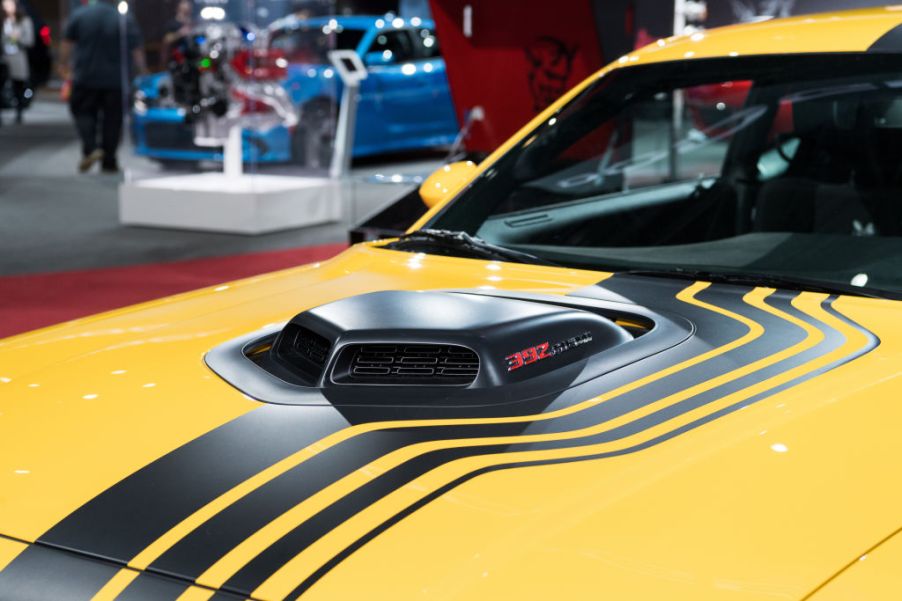
Here’s the Biggest Complaint People Have About HEMI Engines
Quite a few different engines can go under the hood of a car. The HEMI engine, first used by Grand Prix racers in the early 1900s, is one of the most powerful options. Both the HEMI and flathead engines operate basically the same, but the HEMI has a domed top rather than the standard flat surface.
The pistons in the HEMI’s block usually have a higher compression ratio, which quickly delivers more power to the vehicle. There’s no doubt a HEMI can significantly increase performance, but some drivers aren’t fans due to its design. Let’s look at the HEMI’s unique structure and how it works.
The HEMI engine’s two-valve system
The name “HEMI” refers to the engine’s hemispherical design. Because of this engine’s rounded shape, the HEMI doesn’t need rocker arms or pushrods to improve its thermal efficiency. It has a camshaft that applies direct pressure to the valves. The pistons are also located behind the valve, which helps the air and heat particles move faster.
Because the chambers are placed next to each other, they have better access to exhaust and intake gases. Its spark plugs are also in a different location compared to flathead engines. Because they’re inside the HEMI rather than on top, the combustion process runs more smoothly. It has two spark plugs per cylinder, which helps produce as little emissions as possible.
Drawbacks of the HEMI design
The biggest flaw with the HEMI engine is that it can only have two valves per cylinder. The top of the chamber is round, so it doesn’t have a lot of space to fit more than a few valves. Additionally, these valves won’t be able to produce as much airflow as a four-cylinder engine.
Another disadvantage of the HEMI is its large combustion chamber. Some engineers have determined that a smaller chamber is actually better for operating high-performance vehicles.
With a smaller chamber, the flame inside won’t have to move as far during the combustion process, which means more heat in the engine. This is good because if there’s not enough heat to burn all the gas inside the cylinders, you waste potential power.
Pros of the HEMI engine
Despite these problems, there are still many advantages to having a HEMI engine. The HEMI’s valves are allowed to be bigger because there’s more room on each side of the engine’s head. This makes up the airflow difference it loses from only having two cylinders as opposed to four or six.
HEMI engines also have a smaller surface area than flathead engines. Engines with flat tops sometimes have difficulty during the combustion process because the head walls are colder, so more heat is lost. The HEMI engine eliminates this issue almost entirely because of its smaller width.
Where the HEMI engine excels
The HEMI is most suited inside cars that must operate at peak performance. One popular car with the HEMI engine is the Ram 1500. This truck’s engine is a 5.7-liter V8 capable of 395 hp and 410 lb-ft of torque.
With this motor equipped, the Ram’s maximum towing capacity of over 12,000 pounds can be easily unlocked. It can also be purchased with the eTorque system for even more power.
On the smaller end of the spectrum, a HEMI can also be found in the Dodge Challenger. This car features four HEMI engine options in the R/T, R/T Scat Pack, Hellcat, and Hellcat Redeye trims. The Redeye has the most powerful engine of the bunch, with 797 hp. This allows the Challenger to rocket from 0-60 in only 3.4 seconds.



